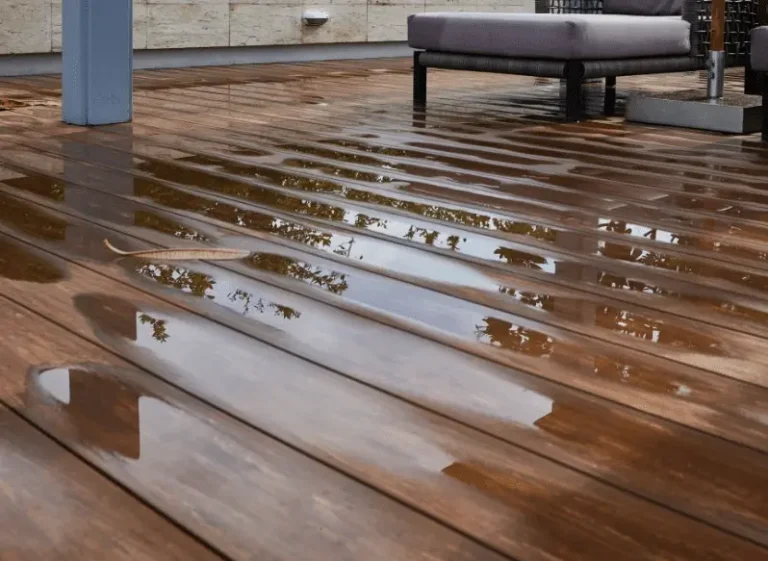Tips to redesign a kitchen
Redesigning a kitchen is an exhilarating endeavor, offering the opportunity to transform the heart of your home into a space that perfectly suits your style, functionality needs, and culinary aspirations. Whether you’re aiming for a sleek modern look, a cozy traditional vibe, or a chic fusion of styles, thoughtful planning and strategic execution are key to achieving your dream kitchen. Explore invaluable tips and insights to help you navigate the process of kitchen redesign, from conceptualization to completion.
Define Your Goals and Priorities
Before diving into the world of kitchen redesign, take the time to clearly define your goals, priorities, and must-have features. Consider factors such as your cooking habits, storage needs, entertaining preferences, and desired aesthetic. Are you looking to maximize space efficiency, enhance functionality, or create a focal point for social gatherings? By establishing a clear vision upfront, you’ll lay a solid foundation for the design process and ensure that every decision aligns with your objectives.
Assess Your Current Layout
Evaluate the existing layout of your kitchen to identify its strengths and limitations. Pay attention to traffic flow, work zones, storage capacity, and accessibility. Common kitchen layouts include the galley, L-shaped, U-shaped, and open-concept designs, each offering unique advantages depending on the available space and your lifestyle. Determine whether your current layout meets your needs or if modifications are necessary to optimize functionality and efficiency.
Explore Innovative Kitchen Designs
Explore innovative kitchen designs and trends to gather inspiration for your redesign project. From minimalist Scandinavian aesthetics to rustic farmhouse charm, there’s a multitude of styles to choose from, each with its own distinct characteristics and appeal. Browse design magazines, websites, and social media platforms for ideas, and create a mood board to visualize your preferred color schemes, materials, fixtures, and finishes. Don’t be afraid to think outside the box and infuse your personality into the design to create a space that truly reflects your taste and lifestyle.
Focus on Functionality and Ergonomics
Prioritize functionality and ergonomics when redesigning your kitchen to ensure optimal comfort and efficiency. Plan your layout with the principles of the kitchen work triangle in mind, positioning the sink, stove, and refrigerator in a triangular configuration to minimize unnecessary movement and streamline meal preparation.
Allocate sufficient counter space for food prep, cooking, and cleanup, and incorporate ample storage solutions to keep clutter at bay. Consider the needs of all household members, including children and elderly family members, and incorporate accessible design features such as adjustable countertops and pull-out shelves for added convenience.
Invest in Quality Appliances and Fixtures
Invest in high-quality appliances and fixtures that not only enhance the functionality of your kitchen but also add value to your home. Choose energy-efficient appliances with advanced features and sleek designs that complement your overall aesthetic. From state-of-the-art refrigerators and ovens to innovative cooktops and dishwashers, select appliances that meet your specific needs and preferences. Similarly, opt for durable fixtures such as faucets, sinks, and cabinet hardware that are built to withstand the rigors of daily use while adding a touch of elegance to your space.
Utilize Smart Storage Solutions
Maximize storage efficiency in your redesigned kitchen by incorporating smart storage solutions that make the most of every inch of space. From custom cabinetry and pantry organizers to pull-out drawers and vertical storage racks, there are countless options available to help you declutter and organize your kitchen essentials. Consider utilizing corner cabinets with lazy Susans, tall cabinets with pull-out racks, and under-cabinet storage solutions to optimize storage capacity while maintaining easy access to your cookware, utensils, and ingredients.
Pay Attention to Lighting and Ventilation
Illuminate your kitchen with strategic lighting solutions that enhance visibility, ambiance, and functionality. Incorporate a combination of ambient, task, and accent lighting to create a well-lit and inviting space for cooking, dining, and entertaining. Install under-cabinet lighting to illuminate countertops and workspaces, pendant lights above islands and dining areas for added ambiance, and recessed ceiling lights for overall illumination. Additionally, prioritize ventilation to remove cooking odors, smoke, and excess heat from your kitchen, ensuring a comfortable and healthy environment for food preparation and enjoyment.
Embrace Sustainable and Eco-Friendly Practices
Embrace sustainable and eco-friendly practices in your kitchen redesign to minimize environmental impact and promote health and wellness. Opt for eco-friendly materials such as reclaimed wood, bamboo, and recycled glass for countertops, flooring, and cabinetry to reduce resource consumption and carbon footprint. Choose energy-efficient appliances with ENERGY STAR certification to conserve energy and lower utility costs, and consider installing water-saving fixtures such as low-flow faucets and dual-flush toilets to conserve water. Incorporate indoor plants to improve air quality and add a touch of natural beauty to your space, creating a healthier and more sustainable kitchen environment for you and your family to enjoy.
Utilize the Best Kitchen Design Software
Harness the power of the best kitchen design software to bring your vision to life with precision and ease. Whether you’re a seasoned designer or a DIY enthusiast, specialized software tools such as Cedreo, AutoCAD, SketchUp, and Chief Architect offer intuitive interfaces and advanced features to help you create detailed floor plans, 3D renderings, and virtual walkthroughs of your redesigned kitchen. Take advantage of these tools to experiment with different layouts, configurations, and design elements, and visualize the end result before making any final decisions. Collaborate with designers, contractors, and other professionals to refine your design and ensure a seamless execution of your kitchen redesign project.
Conclusion
Redesigning a kitchen is a rewarding journey that allows you to transform a functional space into a personalized oasis of style, comfort, and culinary inspiration. By following these essential tips and leveraging the best kitchen design software, you can navigate the complexities of the design process with confidence and creativity, ultimately creating a kitchen that exceeds your expectations and enhances your daily living experience for years to come. Embrace innovation, prioritize functionality, and infuse your personality into every aspect of the design to craft a kitchen that truly reflects your lifestyle and tastes, and enjoy the satisfaction of bringing your dream kitchen to life.







